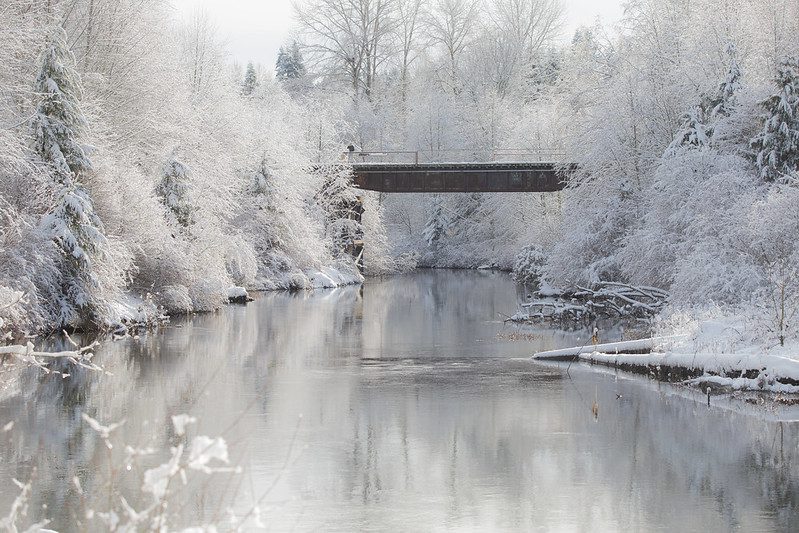
Winter in the pacific northwest area is a time when folks see a lot of rain and even some snow, which means it’s a time that your roof needs to be in good repair to handle the additional precipitation. With the rainy season well on its way in October, it’s vital that you get out and prepare your roof as much as possible. Places such as Redmond, Oregon get some kind of precipitation, on average, 162 days per year. Precipitation is rain, snow, sleet, or hail that falls to the ground. In turn, Redmond Homes for Sale can handle most weather elements. We listed 4 ways to prepare for the weather in the pacific northwest.

1. Repair Cracks and Broken Shingles
Your roof’s shingles can loosen after a patch of rough weather. Missing granules and visible signs of curling indicate that a shingle is suffering and may need to be replaced. Your roofer can easily replace shingles and also inform you about the overall condition of the shingles on your roof. Before the storms of fall and winter hit your region, be sure to clear your gutters, spouts and drains. Unless you’re comfortable with this task and don’t mind working atop a ladder, you can hire a contractor to perform this essential maintenance for you.
2. Clean and Fix Gutters
Be sure your gutters are secured to your home. Loose gutters can spell problems for your roof. Gutters that are not securely tightened can lead to an overflow, which can damage your roof and the exterior walls of your home.
3. Inspect Inside for Leaks
Grab a tube of caulk, a can of spray foam gap-sealer, a pencil, and notepad. Tour your home, inside and out, including the basement, to find and fill cracks and gaps in siding, windows, and foundation. Note locations of problems you can’t fix right away. Use caulk for small cracks and the foam sealer for larger gaps. Inside the home, use a candle flame or digital thermometer to find where cold air is entering. Pay attention to windows, skylights, chimneys, vents and door frames (in areas around the frame not remedied by tip No. 1’s weatherstripping). Also, check openings around appliance vents, electrical and plumbing fixtures and furnace ducts and check the top of basement walls where the foundation meets wood.
4. Check the Fascia and Roof Deck
Fascia is the portion of your home’s exterior trim to which gutters are usually attached. We ask much of fascia boards. Though their location makes them inherently vulnerable, they need to look good and last. And they will if you choose good boards from a species of wood that’s naturally decay-resistant. As carpenters and builders, roofers use the best practices to install them. Make sure your contractor uses either stainless steel or old fashioned, hot-dipped galvanized nails. The labor is the same and the additional cost is negligible, but the difference in how long your fascia lasts is substantial.



